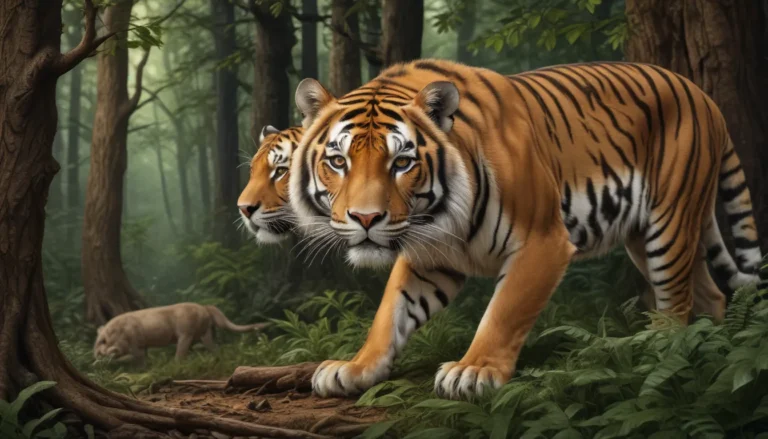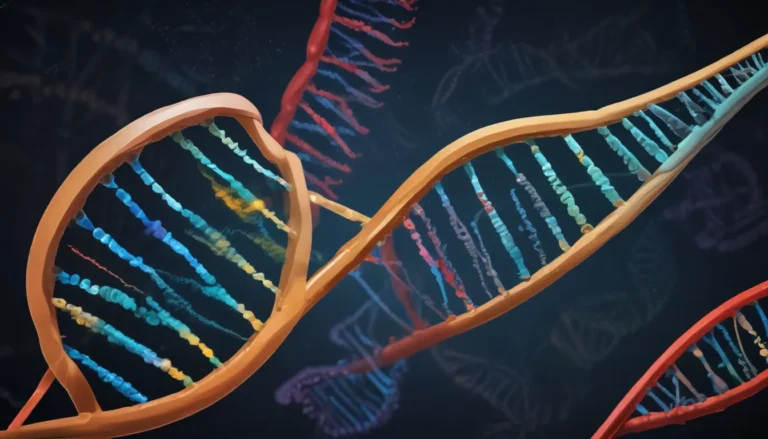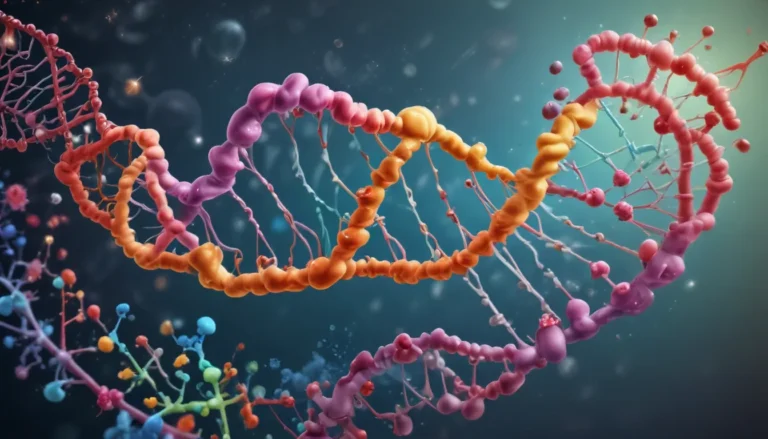A Note About Images: The images used in our articles are for illustration purposes only and may not exactly match the content. They are meant to engage readers, but the text should be relied upon for accurate information.
Hybridization is a captivating process that merges genetic material from different species, creating offspring with a unique blend of traits. Whether occurring naturally in the wild or through deliberate human intervention, hybridization plays a vital role in shaping the characteristics and diversity of organisms. From plants to animals, the world of hybridization is brimming with extraordinary examples that challenge our understanding of genetics and evolution.
Key Takeaways:
- Hybridization involves combining genetic material from different species to create offspring with traits from both parents, offering opportunities for innovation, conservation, and adaptation.
- This process occurs in both plants and animals, leading to the development of new species and the creation of disease-resistant crops.
- Hybridization influences evolutionary processes, increases biodiversity, and can result in the production of novel traits, showcasing nature’s boundless creativity.
Unraveling the Mysteries of Hybridization
Through the process of hybridization, genetic traits from two distinct species come together, giving rise to offspring that inherit a mix of characteristics from both parents. This fascinating phenomenon can occur naturally in the wild when species that share a habitat mate and produce hybrids. Alternatively, humans can intentionally crossbreed different species to achieve specific goals, such as improving crop yields or developing disease-resistant plants.
Hybridization in Plant Breeding
In the realm of plant breeding, hybridization is a powerful tool used by botanists to create hybrids with desirable traits. By blending genetic material from different plant varieties, breeders can produce new hybrids that exhibit increased yield, disease resistance, or tolerance to environmental conditions. Plant hybrids can display a phenomenon known as hybrid vigor, where the offspring demonstrate superior traits compared to their parents, leading to enhanced growth rates and productivity.
From Plants to Animals: The Diversity of Hybridization
While hybridization is often associated with plants, this process is not limited to them. In the animal kingdom, intriguing examples like mules (a cross between a horse and a donkey) and ligers (a cross between a lion and a tiger) showcase the diversity of hybridization. These unique hybrids highlight the limitless possibilities that arise when genetic material from different species combines, resulting in offspring with a blend of physical and behavioral characteristics.
Hybridization and Conservation Efforts
In certain cases, hybridization can contribute to conservation efforts by producing hybrid individuals that possess genetic traits from both parent species. These hybrids may exhibit increased adaptability and survival capabilities, offering hope for the preservation of endangered species. By leveraging the power of hybridization, conservationists can enhance genetic diversity and promote the resilience of vulnerable populations.
Exploring the Impact of Hybridization
Hybridization can have far-reaching effects on evolutionary processes by introducing new gene combinations and accelerating changes within populations. This process can lead to the formation of novel traits that provide opportunities for innovation and adaptation. Whether occurring between closely related species or across distantly related ones, hybridization challenges conventional biological boundaries and influences the genetic landscape of ecosystems.
The Complex Nature of Hybridization
The success of hybridization is influenced by a myriad of factors, including genetic compatibility, environmental conditions, and behavioral cues that facilitate mate selection. Whether occurring in sexual or asexual reproduction, hybridization can result in the establishment of hybrid zones where genetic flow occurs, shaping the genetic diversity of populations over time.
Embracing the Marvels of Hybridization
In conclusion, hybridization represents a fascinating and complex phenomenon that spans across the biological spectrum. From the creation of new species to the enhancement of biodiversity, hybridization offers a glimpse into nature’s intricate processes. By studying and harnessing the power of hybridization, we unlock invaluable insights into the diversity and adaptability of life on Earth.
FAQs:
-
What is hybridization in biology?
Hybridization in biology involves combining genetic material from two different species, resulting in offspring with a mixture of traits from each parent. -
How does hybridization impact biodiversity?
Hybridization can positively impact biodiversity by promoting genetic diversity and the formation of new species. However, it can also lead to the extinction of certain species in some cases. -
Can hybridization occur between plants?
Yes, hybridization can occur between plants and is commonly practiced in horticulture and plant breeding to create new hybrids with desired characteristics. -
What are the benefits of hybridization in agriculture?
Hybridization in agriculture helps create crops with desirable traits, such as increased yield, disease resistance, and tolerance to adverse environmental conditions. -
Does hybridization influence evolutionary processes?
Yes, hybridization can influence evolutionary processes by accelerating changes within populations and introducing new gene combinations that can lead to the formation of novel traits. -
Can hybridization lead to the formation of new species?
Yes, hybridization can lead to the formation of new species when hybrids reproduce and establish stable populations, eventually becoming a distinct species over time. -
Is hybridization limited to animals and plants?
No, hybridization can occur in other organisms, including bacteria and fungi. It is a natural phenomenon observed across various branches of biology. -
What are some examples of hybrid animals?
Examples of hybrid animals include mules (horse and donkey cross), ligers (lion and tiger cross), and zebroids (zebra and other equid mix).
Dive into the captivating world of hybridization and uncover the remarkable facts that illuminate this extraordinary biological process. From the creation of hybrid species to the development of disease-resistant crops, hybridization offers endless possibilities for scientific inquiry and practical applications. Embrace the marvels of hybridization and witness the magic of nature’s creativity at work.






